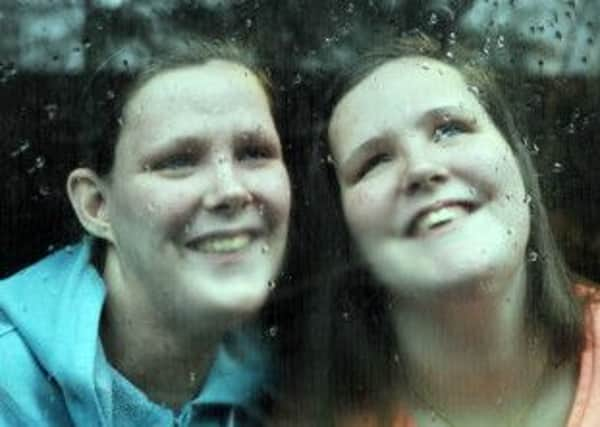Scientists find gene linked to child blindness


A team of scientists, including researchers in Edinburgh, have identified genetic changes linked to coloboma, which affects around one in every 5,000 births.
A gene known as YAP1 was found not to be working in some patients, leading to the condition. The researchers hope the findings can lead to better diagnosis as well as treatments which may be able to reverse the problem.
Advertisement
Hide AdAdvertisement
Hide AdColoboma is caused when a baby’s eyes do not develop properly during pregnancy, leaving a gap in their structure. It can affect both eyes or only one, and how badly vision is impaired depends on which part of the eye it affects and the size of the gap. While some children may experience little or no sight problems, others are left blind.
Researcher David FitzPatrick, a professor in clinical genetics at Edinburgh University, said his research, funded by the Medical Research Council and published in the American Journal Of Human Genetics, used genome sequencing to find changes that could be linked to coloboma. This led to the identification of the missing YAP1 gene.
“Everyone has got two copies of each gene,” FitzPatrick said. “Individuals who have got these genetic changes have got one copy of the YAP1 gene that works and one that doesn’t work.”
FitzPatrick, a consultant at Edinburgh’s Sick Kids Hospital, said: “This is the first time anyone has identified any change in YAP1 which causes human disease.
“Everyone has got genetic mutations which their parents don’t have. That is how evolution occurs. This is just bad luck if one of those mutations happens to hit a gene like YAP1.”
FitzPatrick, who works in the MRC Human Genetics Unit in Edinburgh, said YAP1 was involved in some cases of coloboma but not all. The research team are due to report their findings on other genes linked to the condition shortly.
He said they hoped a test could be developed for babies with coloboma to determine what gene had caused the problem, and whether it was likely to happen again in a future pregnancy, “Congenital blindness is a serious effect so if families wanted to avoid that in a future pregnancy I think people would feel that was reasonable,” FitzPatrick said.
It may also be possible to identify coloboma using pre-implantation genetic diagnosis (PGD) – where embryos are screened through the IVF process and only those unaffected by genetic mutations are implanted in the mother.
Advertisement
Hide AdAdvertisement
Hide AdFitzPatrick said the findings would also allow scientists to think about treatment therapies, most likely involving new drugs to either reverse the problem or improve sight.
“That is a longer-term goal,” he said. “In the meantime we are just trying to optimise whatever vision the child has.”
Victoria Samuel, of the charity MACS, which support families affected by coloboma and other eye conditions, said: “It’s exciting that such progress is being made in the field of genetics and that a new gene linked to Coloboma has been found.
“We hope that this new discovery will eventually lead to treatments to prevent the development of Coloboma in affected families and also help us understand the connections to other associated features such as cleft lip and palate.”
More information about the charity is available at www.macs.org.uk.
Twitter: @LyndsayBuckland